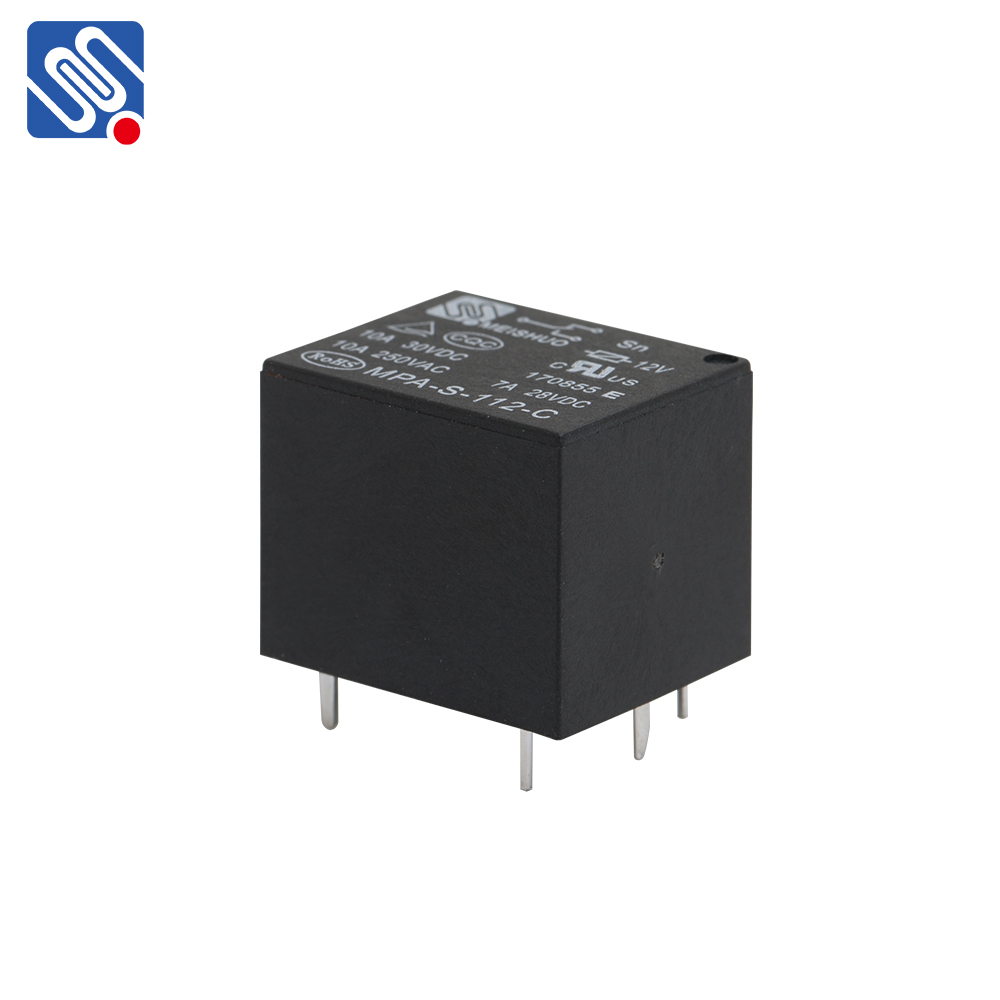In today’s world, the concept of “relay” plays a critical role in various sectors, from technology to sports, and even in electrical engineering. Whether it’s about enhancing communication networks, optimizing data flow in programming, or enabling efficient control systems, the idea of relays bridges gaps and ensures smooth operations. This article will explore the significance of relays across different domains and how they have transformed the way we approach tasks, problems, and communication.

Relay in Electrical Engineering: The Backbone of Automation In electrical engineering, the term relay is synonymous with an essential component used in automation and control systems. A relay is an electrically operated switch that opens or closes circuits when a low voltage signal is applied to it. This device is commonly used to control higher voltage circuits with lower voltage signals, enabling safe and reliable operation of electrical systems. Relays are crucial in systems where direct human intervention is either impractical or unsafe. For instance, relays are extensively employed in industrial automation systems, protecting motors, circuit breakers, and other machinery by allowing remote control and automatic responses to fault conditions. The relay’s ability to handle high currents while being controlled by low-power signals is indispensable in protecting infrastructure, controlling devices, and ensuring reliability in power distribution systems.